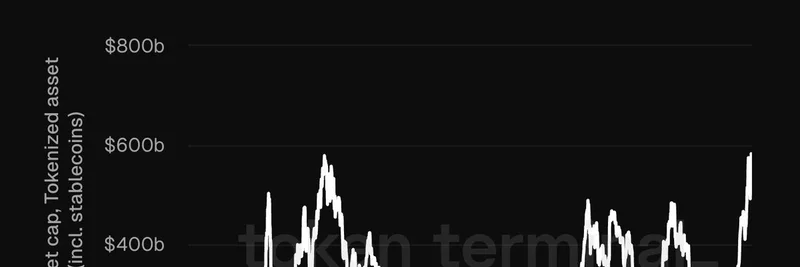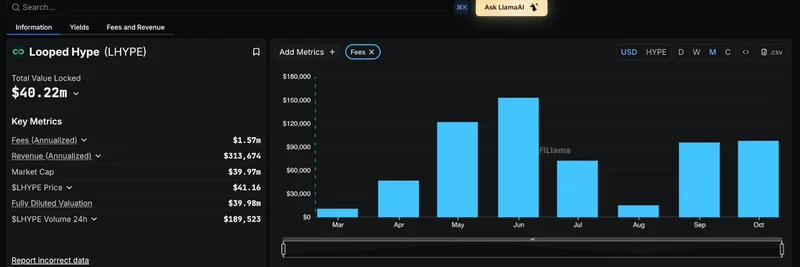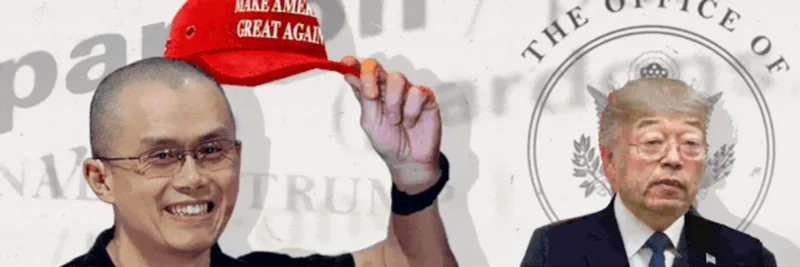In the ever-evolving world of blockchain, Ethereum continues to solidify its position as a powerhouse. A recent tweet from Token Terminal highlights a fascinating trend: the market cap of tokenized assets on Ethereum has been acting as a floor for ETH's own market cap. Simply put, as more real-world assets get digitized and brought onto the Ethereum network—including stablecoins like USDT and USDC—ETH's value stands to gain significantly.
Understanding Tokenized Assets and Their Impact
Tokenization is the process of converting rights to an asset into a digital token on a blockchain. This could be anything from real estate and stocks to commodities, all represented as tokens on Ethereum. Stablecoins, which are cryptocurrencies pegged to stable assets like the US dollar, are a prime example and make up a huge chunk of these tokenized assets.
The chart shared by Token Terminal illustrates this dynamic beautifully. The blue area represents the market cap of tokenized assets (including stablecoins) on Ethereum, while the white line tracks ETH's fully diluted market cap. From 2021 to 2025, you can see how the tokenized assets have grown steadily, often mirroring or supporting ETH's valuation dips and peaks. It's like a safety net— the more value locked in these tokens, the stronger the foundation for ETH's price.
Why does this happen? Ethereum serves as the underlying infrastructure. Every transaction, minting, or transfer of these tokenized assets requires ETH for gas fees. More activity means more demand for ETH, which can drive up its price. Plus, as Ethereum's network becomes the go-to place for tokenization, it attracts more developers, users, and capital, creating a virtuous cycle.
Relevance to Meme Tokens
At Meme Insider, we're all about meme tokens, those fun, community-driven cryptos that often start as jokes but can explode in popularity. Many meme tokens, like PEPE or DOGE-inspired variants, are built on Ethereum or its layer-2 solutions. So, when ETH's market cap gets a boost from tokenized assets, meme tokens indirectly benefit.
Think about it: A healthier Ethereum ecosystem means lower fees (thanks to upgrades like Dencun), faster transactions, and more liquidity. This makes it easier for meme token projects to launch, trade, and thrive. Stablecoins, in particular, provide the on-ramps for fiat money into crypto, allowing more people to buy into your favorite memes without the volatility of ETH itself.
For blockchain practitioners diving into meme tokens, this trend underscores the importance of Ethereum's fundamentals. If you're holding or creating meme tokens on ETH, keep an eye on tokenization news—it could signal upcoming bull runs or stability during market dips.
Looking Ahead: The Future of Tokenization on Ethereum
With traditional finance giants like BlackRock and Fidelity exploring tokenized funds, the market cap of these assets could skyrocket. Ethereum's shift to proof-of-stake and ongoing scalability improvements position it perfectly to capture this growth. As Token Terminal points out, the correlation isn't coincidental; it's a direct benefit.
If you're new to this, start by checking out resources on Ethereum's official site or dive into stablecoin analytics on platforms like DefiLlama. For meme token fans, this could mean more opportunities to blend fun with finance in innovative ways.
Stay tuned to Meme Insider for more insights on how blockchain trends like this intersect with the wild world of memes. What's your take on Ethereum's role in tokenization? Drop a comment below!




